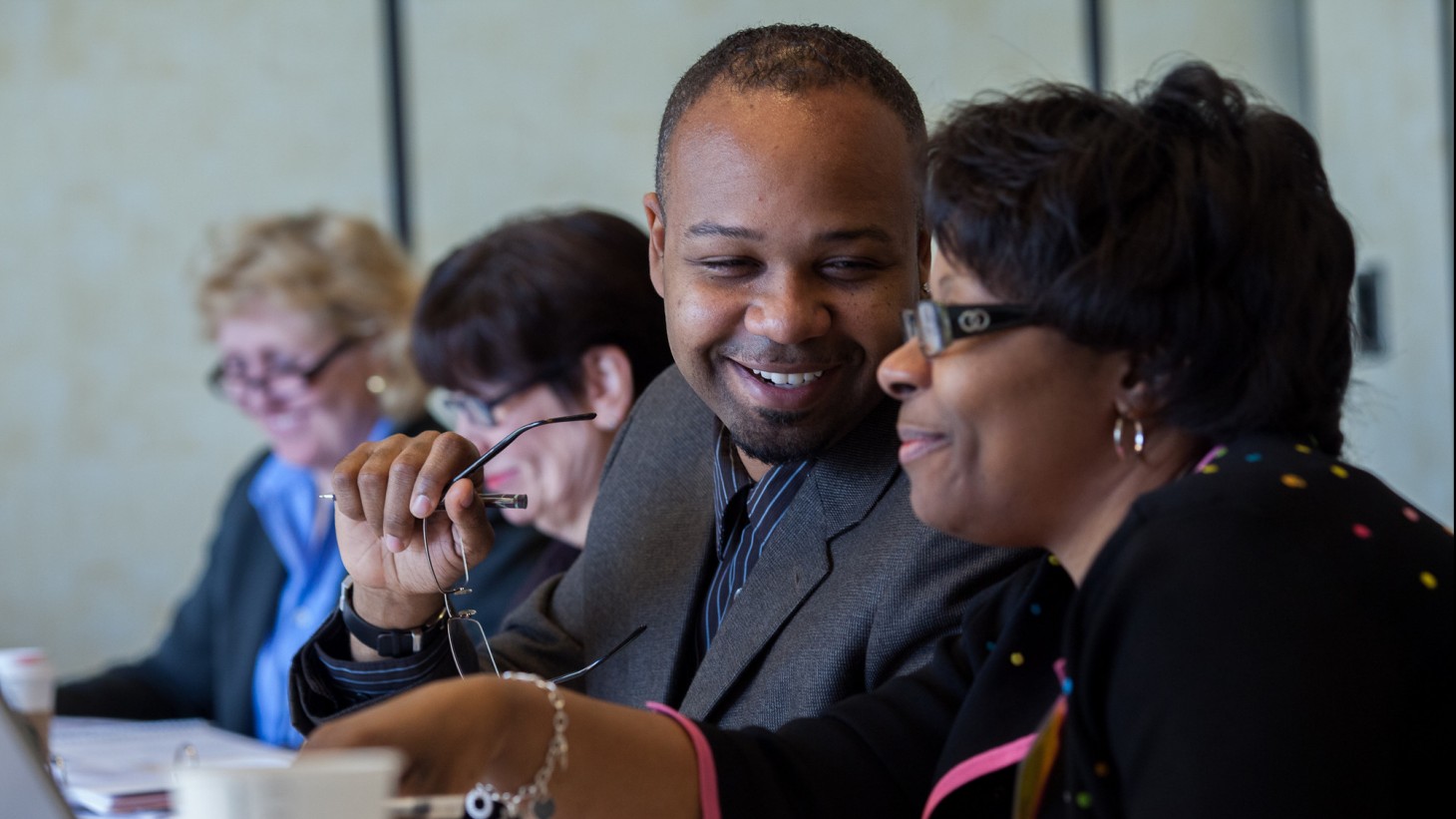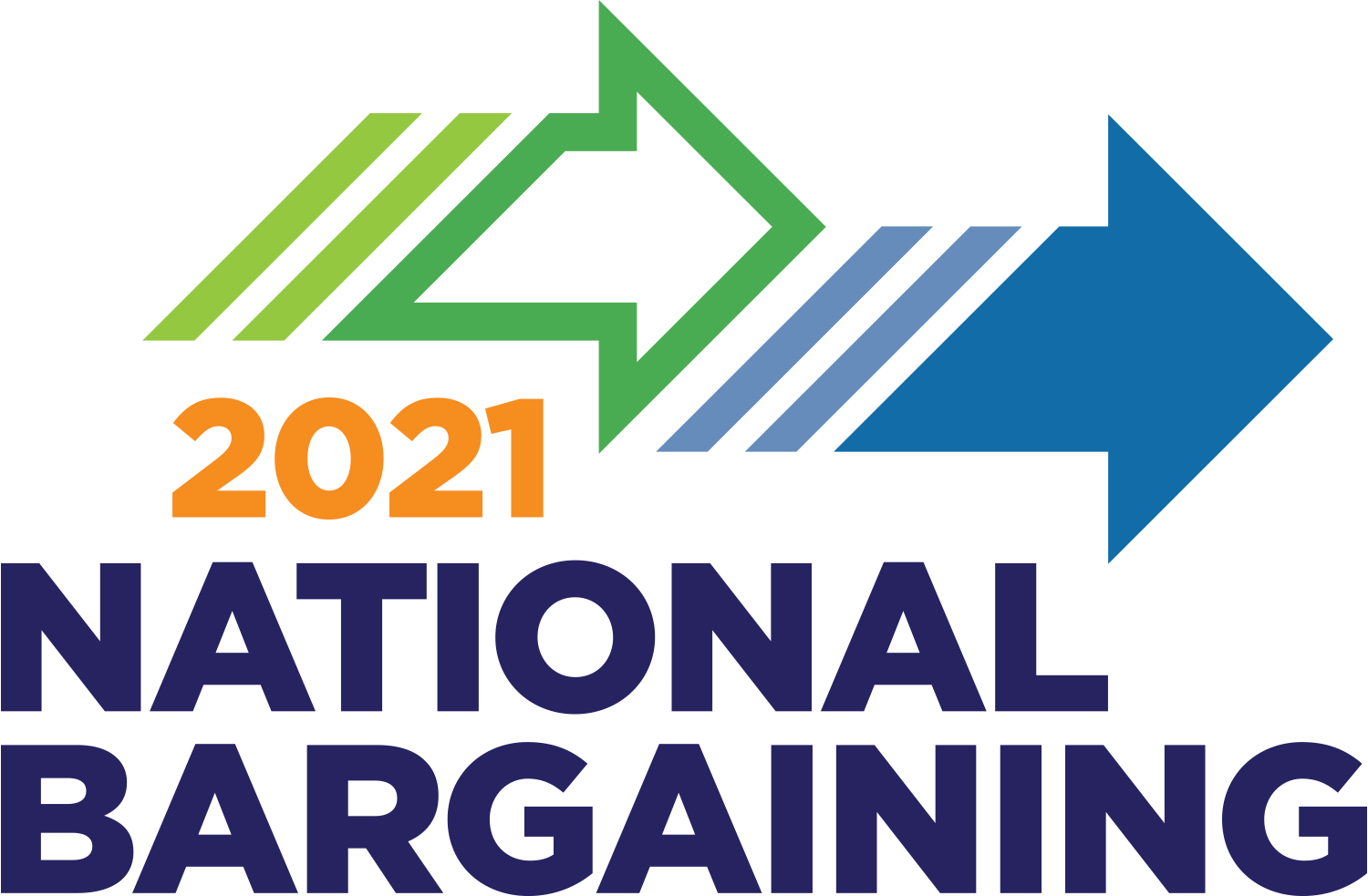Hank Winter 2015
See the whole issueGroundbreaking From the Get-Go

What is it that makes our National Agreements so extraordinary?

The first round of national bargaining was unlike anything ever undertaken before—and each round of bargaining since then has broken new ground.
The 2000 National Agreement was a brand-new concept. The partnership had been formed just three years earlier, and it was the first time that Kaiser Permanente and the Coalition of KP Unions—which at that time had 33 union locals as members—bargained on a national scale.
Much of what was discussed was aspirational rather than literal. But over time, what once seemed like pie in the sky has become reality.
It was the first time that Kaiser Permanente and the Coalition of KP Unions—which at that time had 33 union locals as members—bargained on a national scale. The partnership had been formed just three years earlier.
“We’ve accomplished a lot that you wouldn’t normally see in labor negotiations,” says Adam Nemer, the Northwest region’s executive director of benefits and membership administration, regulatory services and issues management. He has worked at KP for a dozen years. “We don’t just focus on wages, benefits and working conditions. We get into how we will work together to improve the health of our members.”
One of the most extraordinary developments came with the 2005 agreement, which called for the creation of unit-based teams.
“The vision and the genesis of the partnership was involvement with the front line—so creating UBTs was important,” says LaMont Stone, a labor liaison for OPEIU Local 29 in Northern California who’s been involved in the last two rounds of bargaining. “This actually gets the frontline employee involved in decision making. With UBTs, you now have ideas going from the top to the bottom and back.”
